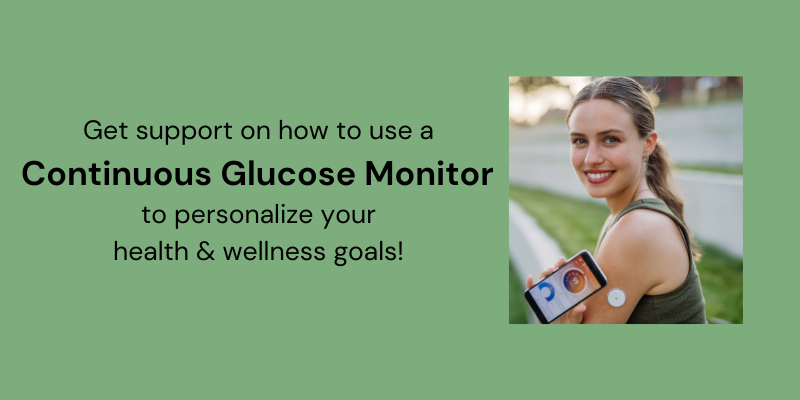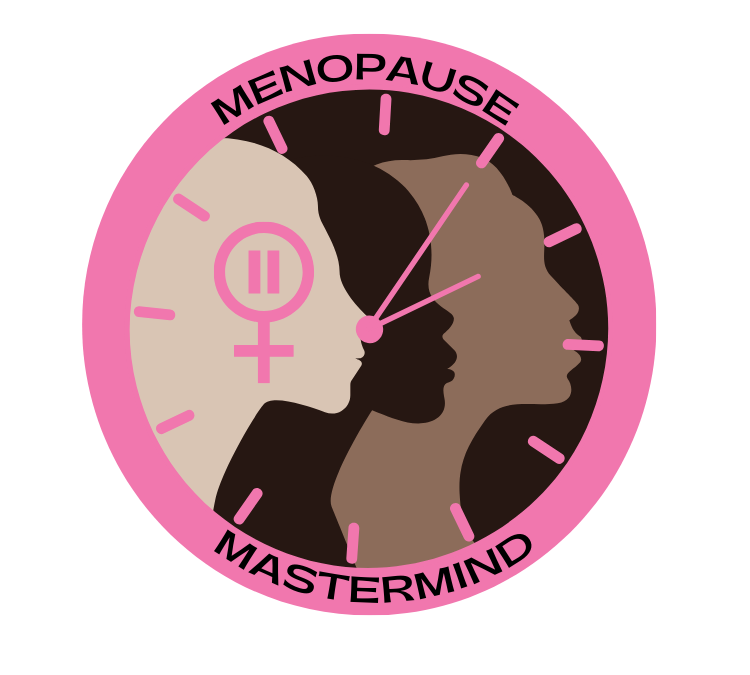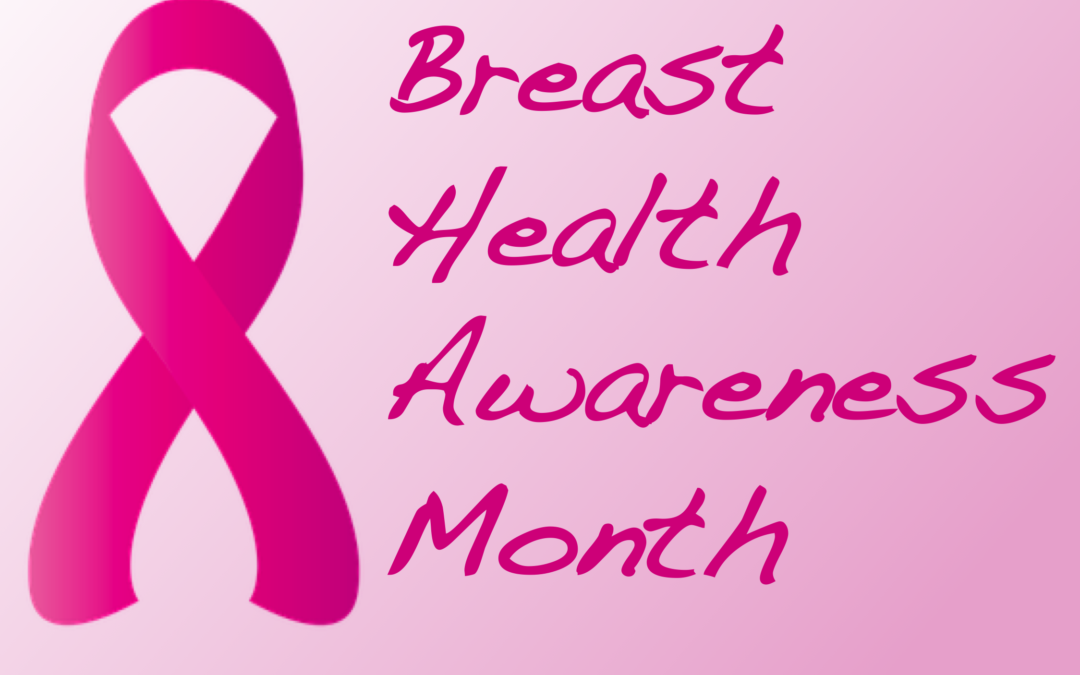
CGM Experience with Michelle Dwyer
Ready to join the next 2-Week CGM Experience?
Are you ready for more energy and vitality?
Are you curious to see what is going when you have that afternoon crash or wake up in the middle of the night?
Do you want to know more about how sugar and processed carbs affect your body?
And do you want to get personalized insight about your body while also in a supportive, fun environment led by a health expert?
Then Welcome to the CGM 2-Week Experience!
Next one starts October 19, 2025 so JOIN today!
Did you know that a Continuous Glucose Monitor (CGM) can be one the best ways to get personalized insight on how food is affecting YOUR body and blood sugar?
Blood sugar fluctuations can affect our energy, weight, hormones, sleep, mood and so much more!
A CGM is gently attached to your back arm for two weeks and allows you to see via an app the fluctuations to your blood sugar based on what and when and how much you are eating.
Why would I want to wear a CGM, Michelle?
Getting clarity about what is going on in real time with your blood sugar can help you support:
- Balanced weight for your body
- Better energy
- Sleep quality
- Mental and emotional clarity
- Stress and lifestyle management
- Personalized food choices
This sounds great! What are all the details?
The Dates:
October 19 to November 2, 2025
Three 60-minute Group Zoom calls (all will be recorded):
- Kick-off Call: October 19, 10-11 am PT
- Mid-way Check-in Call: October 26, 10-11 am PT
- Celebrations and Next Steps Call: November 2, 10-11 am PT
What you’ll receive:
- Three 60-minute group zoom calls (before, during and after the “experience”) to help guide you on how to make the most of the two weeks.
- Private group page/thread via WhatsApp to post ahas, insights, questions and receive support, encouragement, and guidance from me (I’m a Holistic Health Coach and Certified Nutrition Consultant) the whole two weeks
- Michelle’s expertise, encouragement, accountability, support!
- Community and camaraderie! It’s more fun to do together!
- Full access to all CGM Experience materials
Investment: NOTE: There are TWO pieces
#1: The Sensor
Everyone: $145 for an Abbott Freestyle Libre 3
NOTE: You may be able to use your HSA/FSA for the CGM–please check with your provider for details.
***If you can get a prescription from your doctor, there is a way to get it for FREE as your first trial or for a discount.
Ask your doctor for a prescription for the Abbott Freestyle Libre 3+ and that you will be paying CASH (not asking for it to be covered by insurance). I’ll walk you through the free trial part.
There are also some over-the-counter options if you want to use these, but the kind we’ll be talking about as a group is the Freestyle Libre 3+. I can share more once you join.
#2: For the group experience with Michelle as the guide
$200 Regular rate for the two-week experience together
$100 off if you are a returner (email me for the coupon code!)
Special bonus for new clients only: If you decide you’d like to work with me 1:1 when the CGM Experience is over, you can apply the $300 you invested towards my services!
Join HERE today!
What previous clients have shared are the benefits of wearing a CGM:
“In the Spring of 2024, I received a surprise diagnosis of prediabetes. This was a surprise because I eat healthily, exercise regularly, do weight training, sleep well, and don’t drink or smoke. I agreed to participate in a CGM trial group that was coached by Michelle Dwyer. After observing the results of my CGM, following the shared wisdom of the CGM trial group, and reading other glucose-management resources recommended to me by Michelle, I was able to improve my blood sugar results such that I am no longer considered a pre-diabetic. I highly recommend working with Michelle and a CGM – you will gain practical advice that will make a very healthful difference in your life.”
“I sometimes have a strong urge for a carb or sweet in the late afternoon and was able to see that it often correlated with a drop in blood sugar. Knowing that helped me pick a protein/fiber snack instead of a carb/sweet. It also helped me correlate my frequent afternoon emotional slumps (feeling overwhelmed, sad, distracted, wanting to give up on productivity for the day) with a drop in blood sugar. There is power in knowing that the emotional piece is caused by something physiological.”
“My CGM did so much to raise my awareness of how food impacts my body, and it has helped me make wiser decisions about what I eat.”
“After consistently wearing a CGM for a couple months and making changes to my eating patterns, I feel lighter in my body, my energy feels great, and I know I’m making positive changes for my long-term health.”
“I realized that not only what I ate but how much and at what time really affected my blood sugar. I’m not sure I realized the impact before seeing it in the app and now I feel motivated to make shifts that have me feeling more sustained energy and sleeping better than before.”
Who is this NOT for:
X No one pregnant.
X No one under 18.
X No one with diagnosed Type 1 or Type 2 diabetes. (Okay if you have been diagnosed with “prediabetes.”)
X No one with active cancer, liver disease, kidney disease or other major illness.
X No one in a current place of an eating disorder.
Please consult with your doctor if you have any questions on whether a CGM is right for you.
FAQ:
Will it hurt?
No, there is some slight pressure applying the device and maybe a little soreness after but it is mild to nothing.
Can I invite a friend or family member?
Yes, please do! It really is more fun to do with a buddy or partner.
What do I need to participate?
You will need to purchase a CGM out of pocket (insurance only covers it if you have diabetes) and you will need to download the free app that comes with a CGM. I will provide a link for an easy place to get a CGM but you are welcome to get it elsewhere. Note: I receive NO MONEY from you ordering a CGM.
If you’re interested in joining the next round, you have three options:
1. Ready to go! Enroll today: https://l.bttr.to/Yvu9R
2. EMAIL me at [email protected] and I’ll send you all the details to join!





